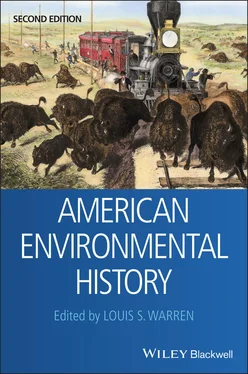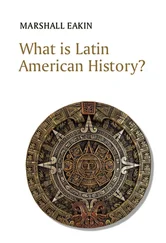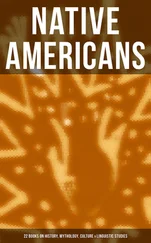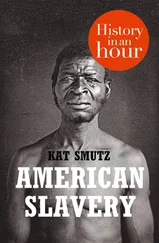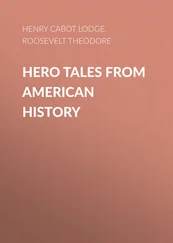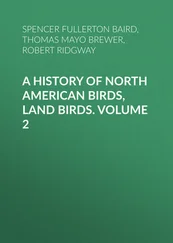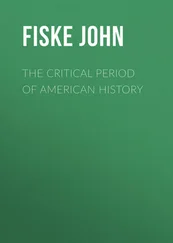The articles and documents in this volume illuminate how people have made themselves at home in the natural systems of the American landscape since before the time of Columbus to the present day. Read with enthusiasm and care, they will provide some startling and illuminating new perspectives on American history. The early centuries of American history were a period of enormous transformations. We shall see how American Indians lived on the earth and worked both to change it and to maintain its abundance. The coming of European colonists brought new organisms to the Americas, with consequences both disastrous and liberating for Indians. We shall read how colonists introduced the natural products of America’s ecosystems to the insatiable demands of the Atlantic market system, and how early American settlers sought to turn forests into lumber, pasture, plantation, and farm to escape their poverty. For white people, Native Americans could be shunted off the most productive land and left to starve on the margins of fertile settlements, while slave bodies, consigned to lifetimes in malarial lowlands and cotton fields shimmering with summer heat, could be destroyed virtually at will. Enslaved people carved out their own relations with the natural world, as we shall see. Nonetheless, dark bodies became a buffer between white bodies and environmental peril, a characteristic of Americans’ ideas of race that would shape natural and social relations of race down to the present day.
Environmental history is not just about the countryside. It encompasses also the tangled relations between people and nature at the heart of the city. Thus, we shall explore how concentrating people in nineteenth-century cities with close trade links to Eurasia brought new and dangerous disease environments, especially cholera, as well as increasing fire and sanitation risks. We shall see how Americans ameliorated those conditions, sometimes with controversial measures that stigmatized immigrants, the poor, and racial minorities and linked city to countryside in new ways.
The nineteenth century was a period of rapid industrialization and urbanization. Together, these two trends underwrote huge changes in America’s natural systems, many of them destructive. The passenger pigeon disappeared, the bison edged toward extinction, and a host of other species followed. To address the increasing pace and scale of destruction, the progressive conservation movement arose at the turn of the twentieth century. The history of conservation provides a window on dramatic environmental and social change. The movement drew inspiration partly from fear that a dissipated nature would harm centers of culture, the cities. Conservationist solutions entailed radical approaches to allocating nature’s bounty, and new ways of determining who was entitled to game, lumber, and water, and to how much. Through the work of prominent reformers the movement also encompassed industrial reforms to bring some margin of safety to the toxic, often lethal factory workplace.
Environmental history offers not just new ways of thinking about history, but new ways of thinking about nature, too. Perceptions of nature have changed over time. In exploring how, historians question many of the most pervasive and popular understandings of nature around us. Thus, we shall see how Americans went from abhorring the wilderness as the home of Indians and wild animals to loving it once it had been largely dispossessed of Native inhabitants. In the late nineteenth century, national parks emerged in part to valorize the “uninhabited wilderness” as a national landscape, a kind of natural badge of American identity. We shall ask whether the new regard for wilderness did not come with a host of other problems, some of which may have created new obstacles to environmental protection.
Calamitous events are often the birth pangs of new thinking. The Great Depression plunged millions into poverty. The Civilian Conservation Corps, one of the programs devised to address it, instilled new appreciation for the landscape and helped democratize conservation, which had been an elite movement, bringing newfound support from working people and the middle class by the end of the 1930s. Shortly thereafter, World War II and the Cold War together brought a revolution, or perhaps several revolutions, in environmental thought. The modern environmental movement, with its beginnings in various strands of conservation in the early twentieth century, reached maturation after 1945 in public anxieties over insidious new environmental hazards such as radiation, pesticides, and air pollution. Amidst these concerns, environmentalism rose to such heights that politicians from across the political spectrum competed with one another for environmentalist support, with the result that the 1960s and 1970s saw a blizzard of environmental legislation with bipartisan sponsorship.
Almost as soon as it had begun, the environmental movement attracted critics. Among the most persuasive of these came from the political left, alleging that the movement was overwhelmingly concerned with securing quality of life for America’s most powerful people, middle- and upper-class whites, while ignoring living and working conditions of the poor and peoples of color. In 1982, the civil rights activist Benjamin Chavis coined the term “environmental racism” to describe the disproportionate allotment of environmental risk, especially pollution, on minority communities. Obviously, the problem has roots that reach back to colonial days, when war against Indians and seizure of their lands, and the enslavement of Africans to work those lands, expressed a core faith in the justice of shunting dark-skinned people into environmental danger to guarantee the wellbeing of white-skinned people. Continuing attempts to address the problems of environmental racism have done much to transform the environmental movement in recent years. Environmental concern and racial prejudice arguably have reinforced one another at times, a tendency that helps explain historical genesis of the movement for environmental justice.
A very different critique of the environmental movement hailed from the political right. The successes of the environmental movement were followed, in the 1980s, by a backlash which has become an enduring political sub-movement. By the end of the twentieth century, environmentalism was under frequent attack from conservatives, who saw it as an obstacle to efficient government and traditional economic opportunity and entrepreneurialism.
In our final chapter, we discuss “the mother of all environmental problems,” climate change and global warming. We shall consider ways to think about climate change and ways not to think about it. Environmental history proves remarkably helpful in highlighting previous international and even global efforts to address atmospheric pollutants that created acid rain and the ozone hole, and how these efforts succeeded to a remarkable degree.
For all the vehemence of anti-environmental critics in the last few decades, Americans in general retain a pervasive belief in the need to protect clean air, clean water, and environmental systems. It may be that these beliefs are now a central feature of American culture – yet another example of how our ideas about nature continue to evolve. Now two decades into the twenty-first century, as concerns about global warming and other ominous threats continue to grow, the discipline of environmental history provides key insights into environmental relations and problems of the past. It can teach us how we might better understand our current predicaments. But more than that, in instructing us about how people once saw nature, it offers powerful insights into how they saw themselves and one another. In illuminating how Americans have “perceived, changed, and been changed by nature,” environmental history teaches us how Americans have understood and shaped their politics, culture, and society.
Читать дальше
